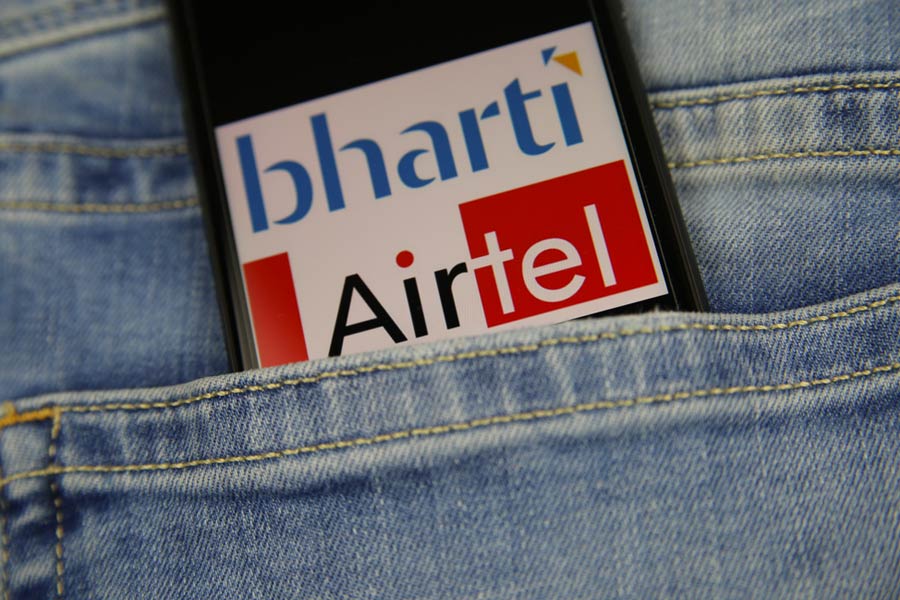Telecom operator Bharti Airtel on Monday said its network has flagged a staggering 8 billion spam calls and called out 0.8 billion spam SMSes within two and a half months of the launch of its spam-fighting AI-powered solution.
Leveraging an advanced algorithm, the AI-powered network has successfully identified close to 1 million spammers every day, the company informed in a release. Notably, six per cent of all calls and two per cent of all SMSes on the Airtel network have been identified as spam.
Delhi had the dubious distinction of accounting for a maximum number of the spam calls received and originated.
The company, in the last 2.5 months, has alerted close to 252 million unique customers to these suspicious calls and has observed that there has been a 12 per cent decline in the number of customers answering them.
"Bharti Airtel, India’s first spam-fighting network, has flagged a staggering 8 billion spam calls and 0.8 billion spam SMSes within two and a half months of launching its AI-powered, spam-fighting solution," the release said.
Airtel observed that a staggering 35 per cent of the spammers have used landline telephones.
Customers in Delhi have received the maximum number of spam calls, followed by customers in Andhra Pradesh and Western Uttar Pradesh.
Delhi is also where the maximum number of spam calls have originated, followed by Mumbai and Karnataka. In terms of SMSes (text messages), the maximum number have originated in Gujarat followed by Kolkata and Uttar Pradesh and the maximum number of customers targeted have been from Mumbai, Chennai and Gujarat.
As per the trends, 76 per cent of all spam calls have been targeted at male customers.
Additionally, distinct differences have been noted in terms of spam call frequency across age demographics. Customers in the age bracket of 36-60 have received 48 per cent of all spam calls, while those in the 26-35 age bracket have been the second-most targeted, accounting for 26 per cent of spam calls.
Just about 8 per cent of the spam calls have landed in the handsets of senior citizens, the release said.
Giving insights into the hourly distribution of spam activity detected, the company said spam calls commence from 9 am onwards and gradually escalate in volume as the day progresses.
The peak of spam activity is observed between noon and 3 pm, during which the highest concentration of spam calls occurs.
Moreover, there is a notable disparity in the frequency of spam calls between weekdays and weekends.
"The volume of these calls diminishes by around 40 per cent on Sundays. Specifically, devices in the price range of Rs 15,000-20,000 are the recipients of approximately 22 per cent of all spam calls," it said.
By meticulously examining a multitude of parameters, the AI-driven system has been able to identify these unwanted intrusions in real time with remarkable accuracy.
The government has allocated 10-digit numbers with the prefix 160 for service and transactional calls.
"Customers can expect to receive calls from these 160-prefix series assigned to banks, mutual funds, insurance companies, stockbrokers, other financial institutions, corporates, enterprises, SMEes, big and small businesses used for making transactional and service calls," Airtel said.
Further, those customers who have not opted for Do-not-disturb (DND) and have subscribed to receiving promotional calls will continue to receive them from a 10-digit number with the prefix 140.
Except for the headline, this story has not been edited by The Telegraph Online staff and has been published from a syndicated feed.










